Search
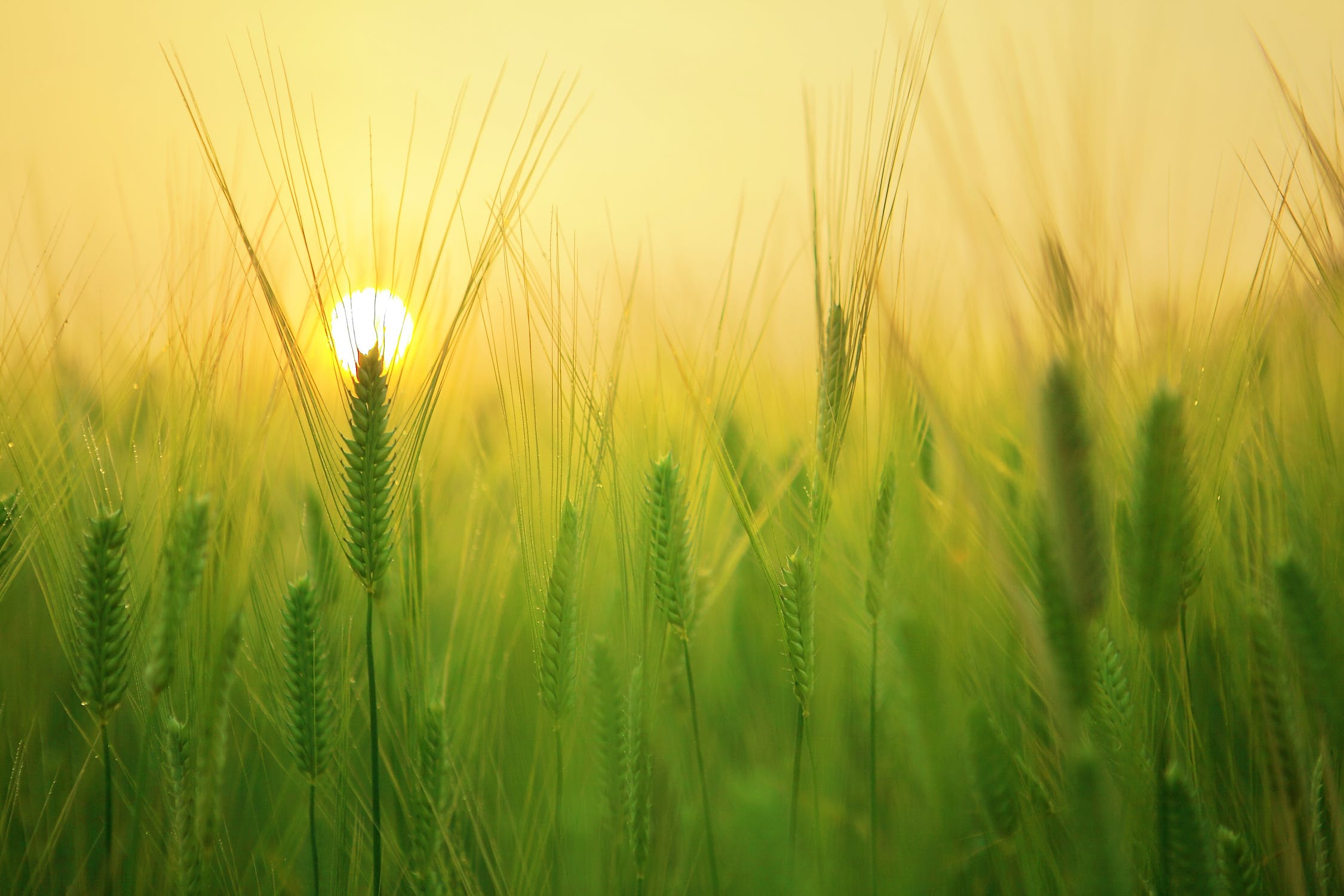
Water Use by Plant Stage
Over the growing season, solar radiation, air temperature and plant size are the dominant factors in determining evaporative demand and the rate of water use by wheat. Water use can vary dramatically on a day-to day basis, depending on climate and wheat health.

Baptisia
The plant for this week is Baptisia a.k.a. “false indigo”, “white indigo” and “yellow indigo”. This is a hardy perennial for the Northern Great Plains that is easy to grow, has multiple seasons of interest and lives for many years. They are actually native to the US but usually are found in somewhat warmer climates.

Character Links 5 curriculum
4-H Character All Stars will implement the Character Links 5 curriculum for the 2018-19 school year. Within the curriculum five character traits are highlighted: Honesty, Respect, Responsibility, Kindness and Citizenship.
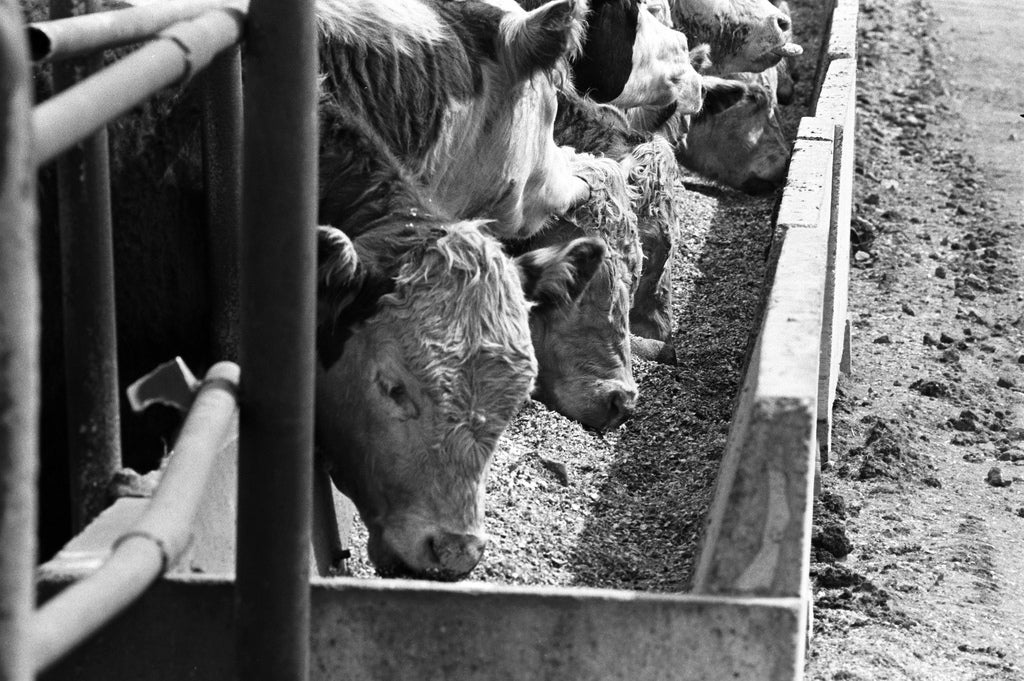
Monitoring Nutrient Status of Beef Cows
Managing cows through the winter provides different challenges compared to managing those same cows during the growing season. With snow cover, cows should oftentimes receive supplemental feed to meet nutrient requirements during late gestation and into calving season due to low forage or limited quantity.
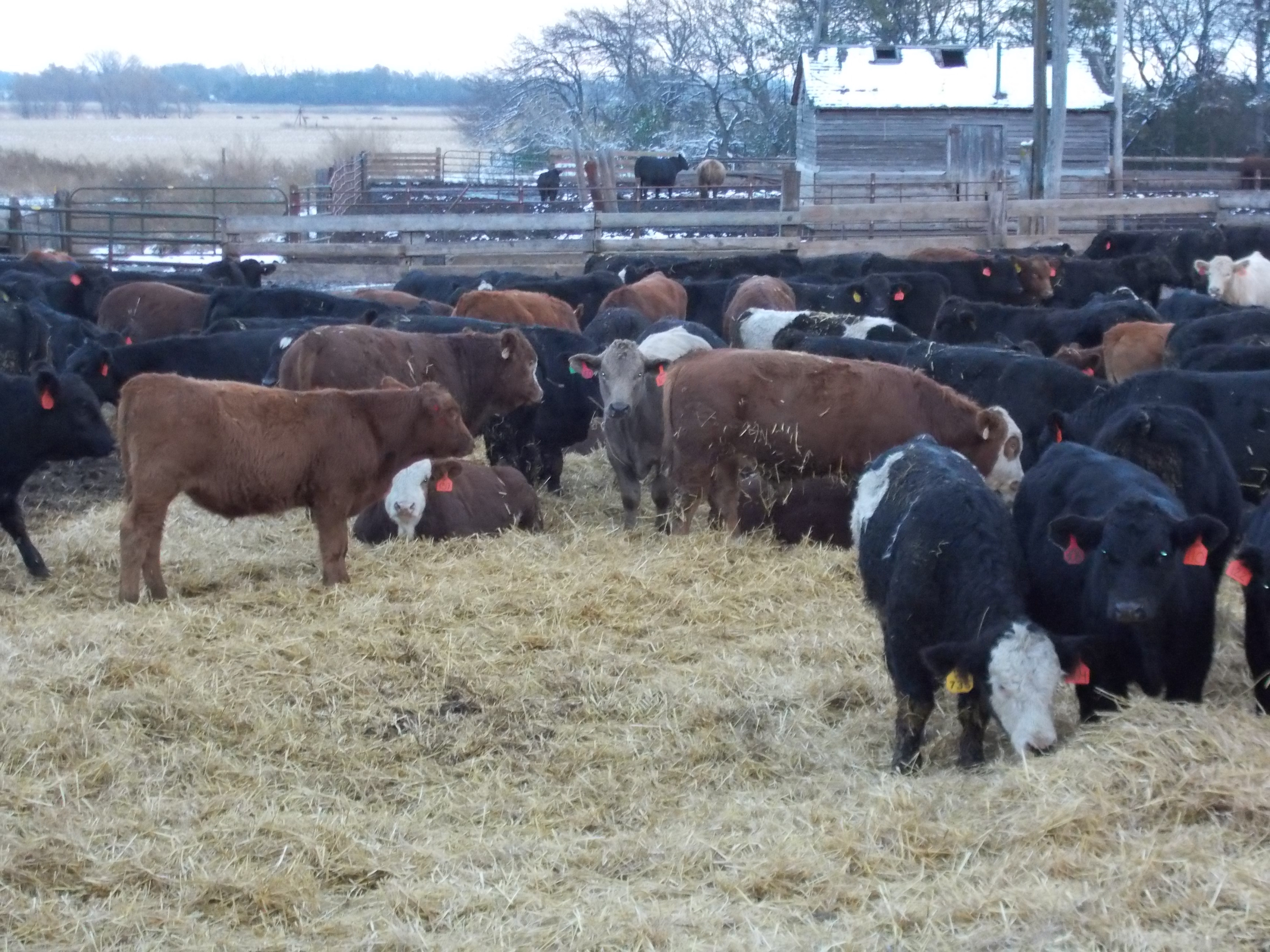
Managing Cattle Through Winter Weather Conditions
Winter weather conditions often present challenges to cattle managers in the Northern Plains. Although we can’t alter the weather, there are management steps that can be taken to help maintain cattle health and performance.
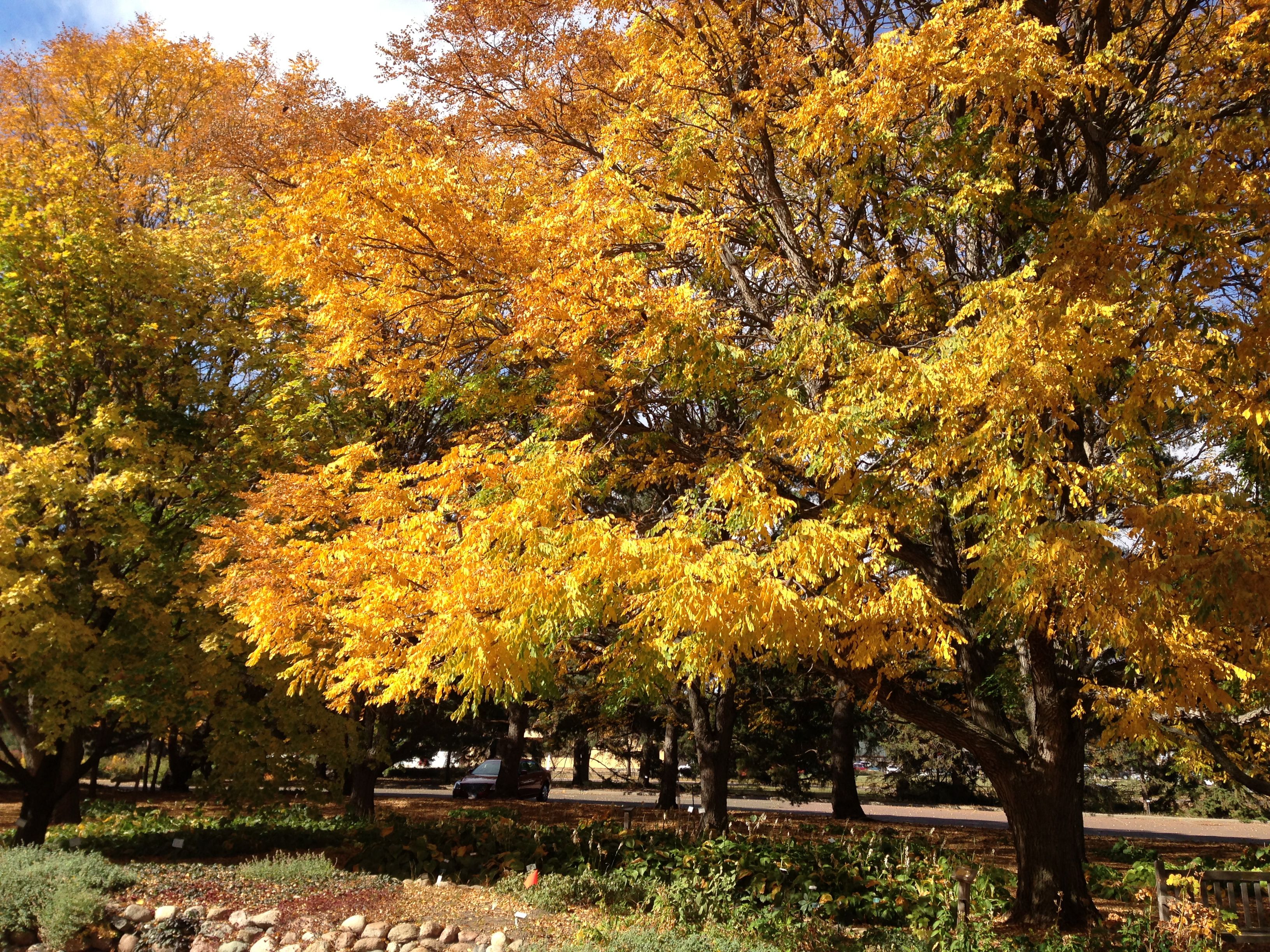
Kentucky Coffeetree
Kentucky Coffeetree (Gymnocladus dioicus) is a medium-sized tree that will fit into many landscapes and provide interest all year with its bark, leaves, flowers, fruit and even great fall color, if weather conditions are right.
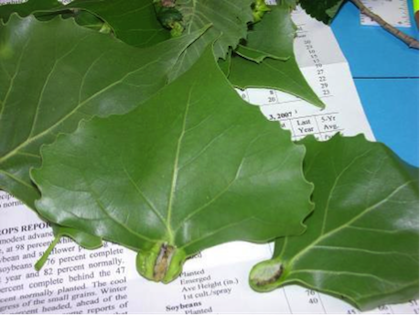
Cottonwood Galls
Just about every year I receive samples of fallen cottonwood leaves with a “bump” at the base and the first one for this year was from Winner. This is the cottonwood petiole gall formed by the feed activity of a very small green aphid.
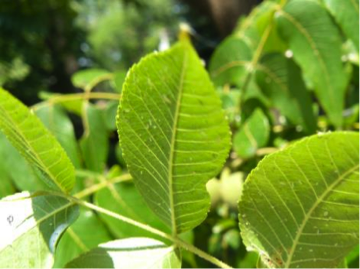
Aphids On Trees
Aphids are appearing on many trees at this time of year and their activity is generally noticed by the abundance of honeydew they excrete on the lower leaves and any plants or objects beneath the tree.
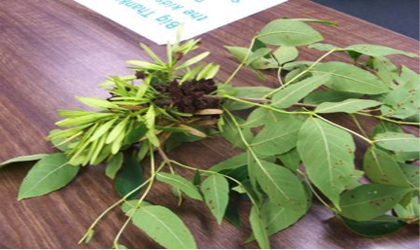
Ash Tree Issues
Ash flower galls are appearing on the twigs of ash throughout the state. The brown to black “balls” hang in clusters beneath the branch shoots. The galls are due to the feeding activity of the ash flower gall mite (Eriophyes fraxiniflora) and this mite only feeds on the male flowers of ash.

Tips for Feeding Poultry Wisely
During the March 1st Animal Care Wednesday Webinar, we learned the basics of feeding poultry. Brett Kreifels, Extension Assistant-4-H with University of Nebraska-Lincoln, explained the nutritional requirements and basic feeding tips to help ensure the health and well-being of chickens.